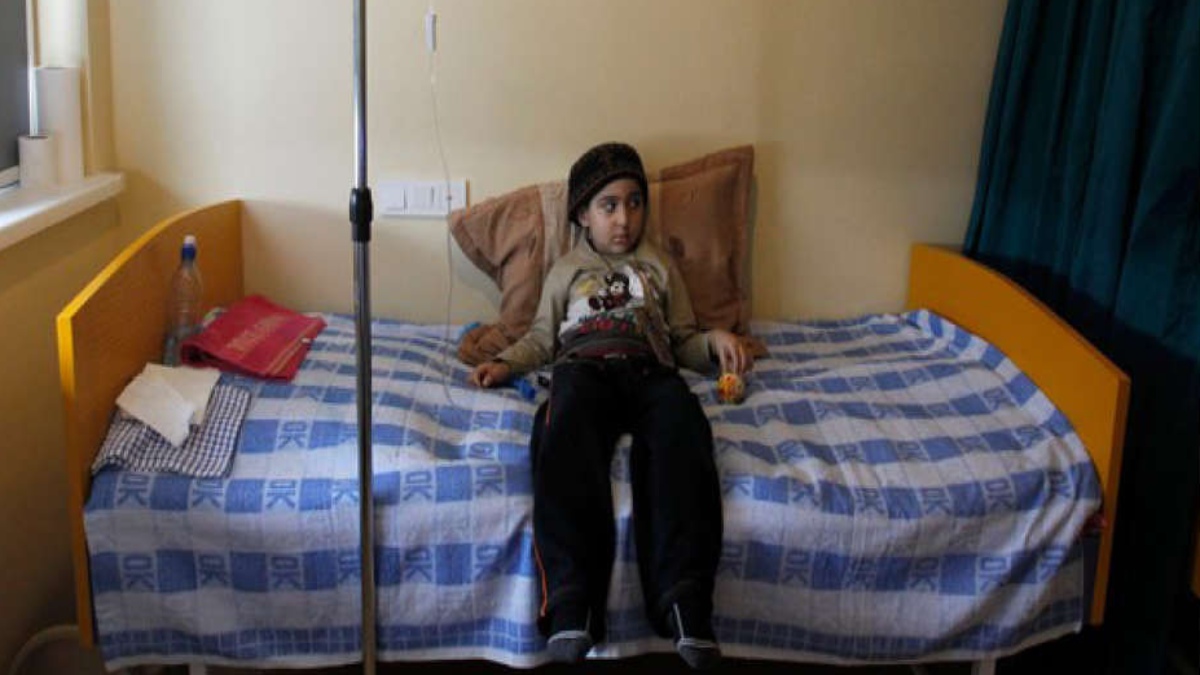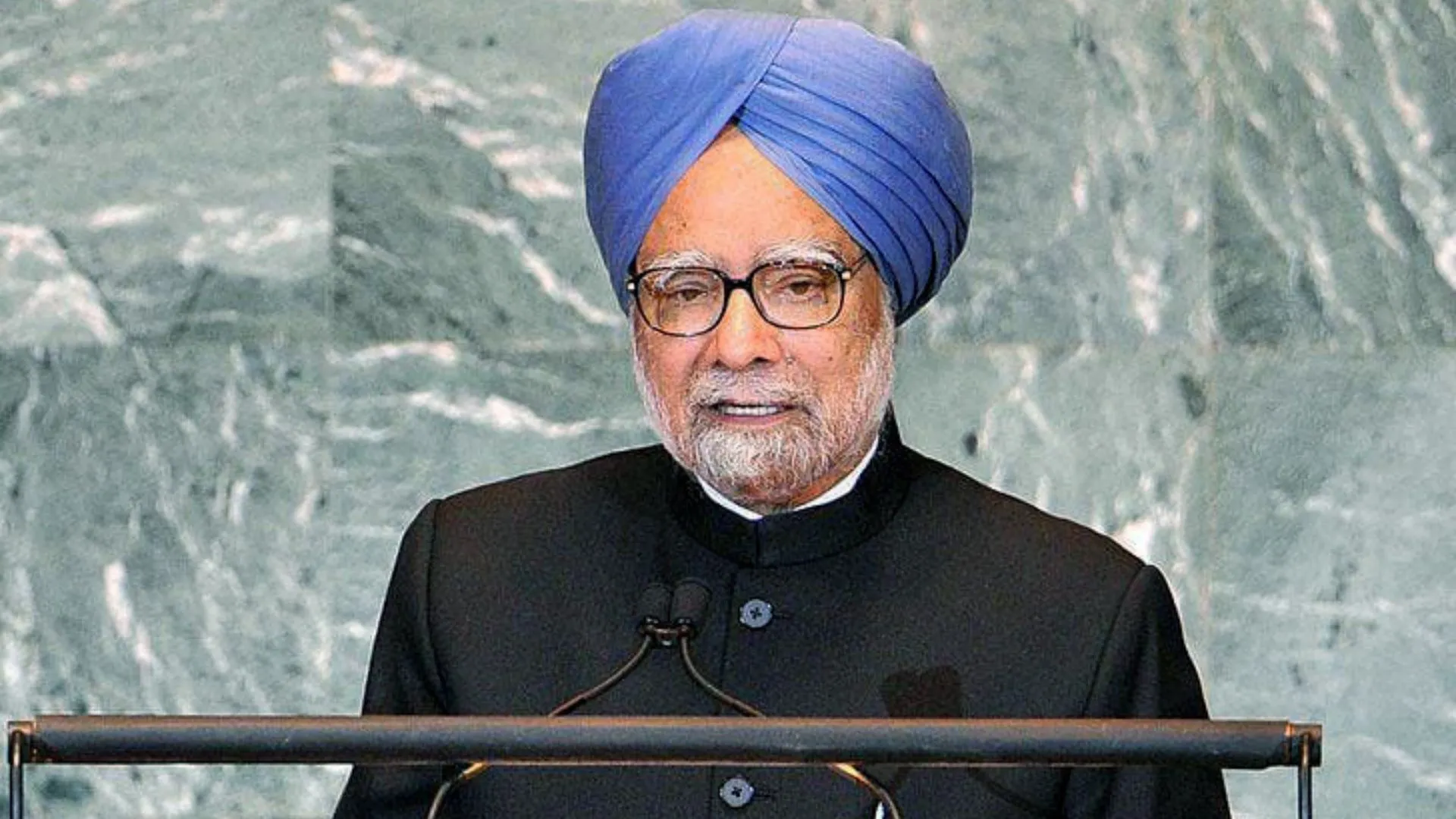LONDON: Scientists from the Wellcome Sanger Institute and the University of Cambridge found that in children with neuroblastoma – a cancer of immature nerve cells – treatment with platinum chemotherapy caused changes to the genome that could then cause leukaemia in some children later on. The findings published in the Journal Blood could lead to an ability to identify which children are more likely to develop secondary cancer. This in turn could lead to changes in their treatment plan to either avoid these risks or take measures to prepare. Secondary blood cancer is a challenging complication of childhood neuroblastoma cancer treatment. Every year around 100 children in the UK are diagnosed with neuroblastoma, and those who had high-risk treatment are at an increased risk of developing secondary blood cancer – leukaemia – after neuroblastoma treatment.







